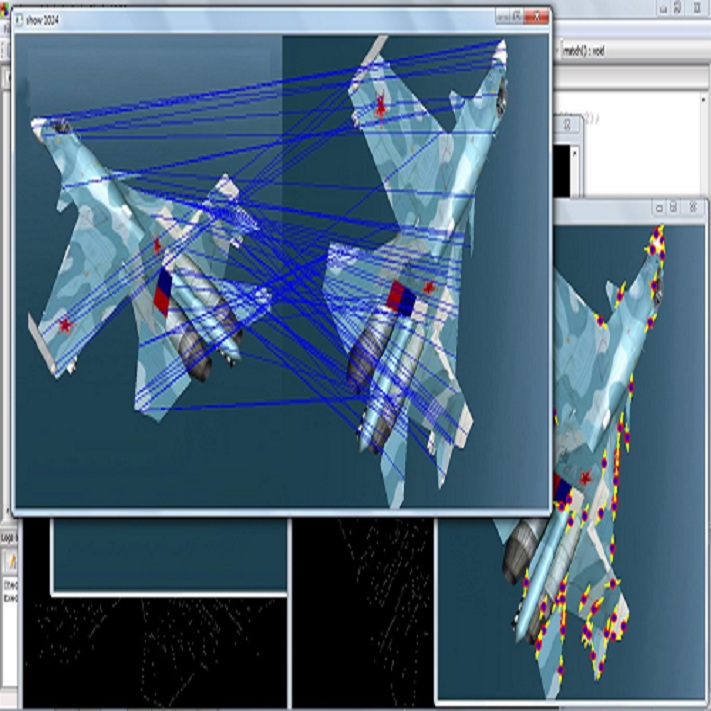Deformable image registration, estimating the spatial transformation between different images, is an important task in medical imaging. Many previous studies have used learning-based methods for multi-stage registration to perform 3D image registration to improve performance. The performance of the multi-stage approach, however, is limited by the size of the receptive field where complex motion does not occur at a single spatial scale. We propose a new registration network combining recursive network architecture and mutual attention mechanism to overcome these limitations. Compared with the state-of-the-art deep learning methods, our network based on the recursive structure achieves the highest accuracy in lung Computed Tomography (CT) data set (Dice score of 92\% and average surface distance of 3.8mm for lungs) and one of the most accurate results in abdominal CT data set with 9 organs of various sizes (Dice score of 55\% and average surface distance of 7.8mm). We also showed that adding 3 recursive networks is sufficient to achieve the state-of-the-art results without a significant increase in the inference time.
翻译:在医学成像中,一个重要任务是对不同图像之间的空间变异进行可变图像登记,估计不同图像之间的空间变异。许多以往的研究都使用了基于学习的多阶段登记方法来进行三维图像登记,以提高性能。然而,多阶段方法的性能却因接收场的大小而受到限制,因为接收场的大小不在同一空间尺度上发生复杂的运动。我们建议建立一个新的登记网,将循环网络结构和相互注意机制结合起来,以克服这些限制。与最先进的深层学习方法相比,我们基于循环结构的网络在肺部成形(CT)数据集中实现了最高精度的精确度(对肺部成像学的评分为92 ⁇,平均表面距离为3.8毫米),而在9个不同尺寸的腹部CT数据集中也取得了最准确的结果之一(对55 ⁇ 和平均表面距离为7.8毫米)。我们还表明,增加3个循环网络足以在不显著增加推算时间的情况下实现最新结果。


